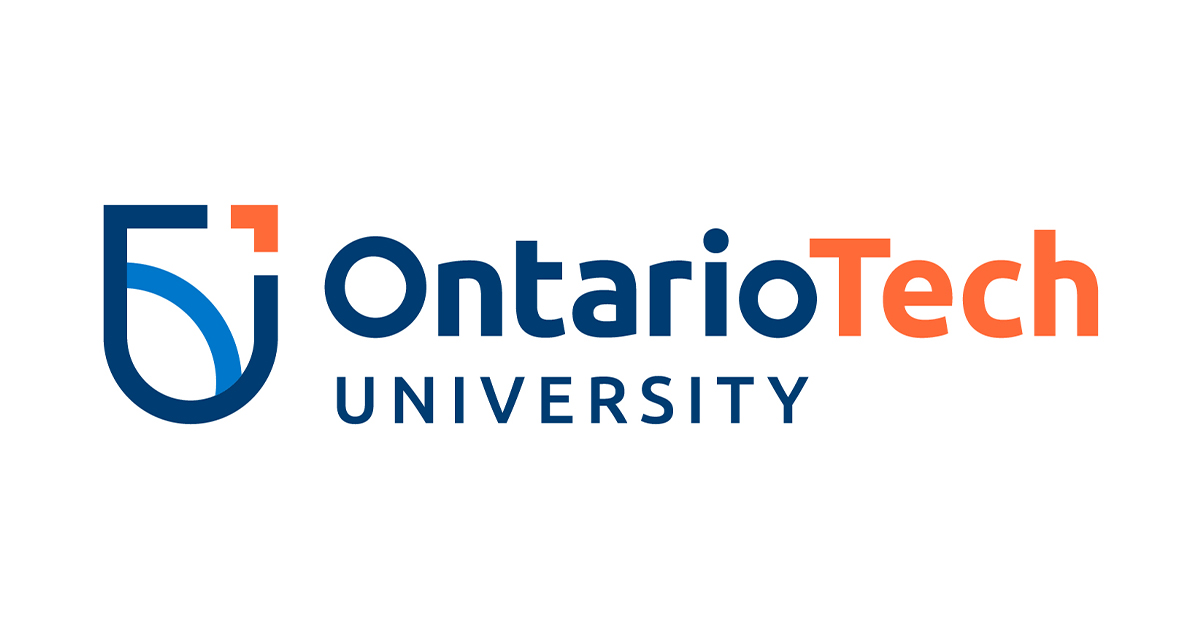Mark Green
BSc, MSc, PhD
Professor
Faculty of Science
Contact information
Science Building - Room UA4017
North Oshawa
2000 Simcoe Street North
Oshawa, ON L1G 0C5
905.721.8668 ext. 2655
mark.green@ontariotechu.ca
http://graphics.science.uoit.ca/mark/
Research topics
- interactive 3D graphics
- automatic construction of user interfaces
- authoring tools for virtual environments
- computer animation
- formal design methods for user interfaces
- graphics display hardware
- VLSI design
- holography
Background
The main theme of my research over my career has been the interaction between people and computers and how digital media can be used to communicate between people. I have a strong interest in interactive 3-D graphics and the production of graphics hardware that reproduces all of our visual cues. This has lead to research in light field displays and computational holography.Over my career I have worked in many different areas including aspects of computer graphics, user interfaces, software engineering and computer security. I established the first Virtual Reality (VR) laboratory in Canada while I was at the University of Alberta in 1986. This laboratory had the first HMD in Canada along with the first CAVE. We also developed the first open source VR package; the MR Toolkit that was distributed to several thousand researchers world wide.
Education
- PhD University of Toronto 1985
